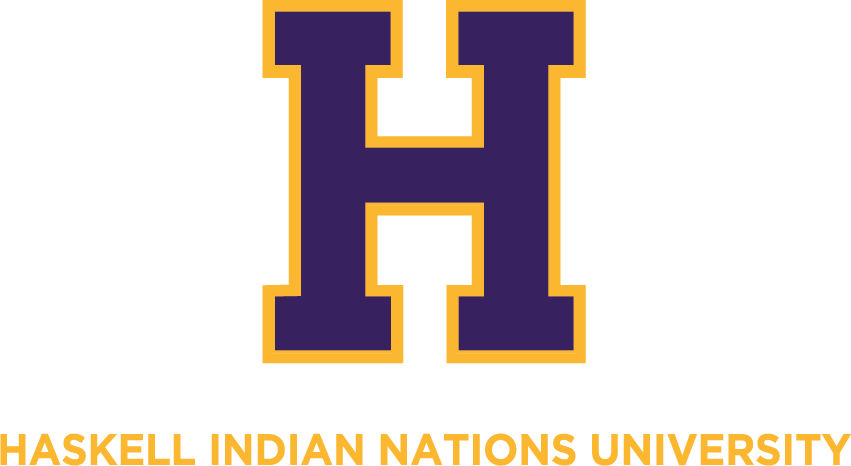A.A. Para-Professional Education B.S.elementary Education, B.S. version
School of Education-Elementary Teacher Education Program
Academic Road Map
AA of Para-Professional Education
Freshman I Semester
ENG 101 English Composition I (3)
UNIV 105 Haskell Seminar (3)
MATH 101 College Algebra or Math 208 Statistics (3)
Humanities and Arts Requirement (3)
EED 102 Explorations in Elementary Education (3)
15 credit hours
Freshman II Semester
ENG 102 English Composition II or EED 241 The Role of Writing (3)
Oral Communication Requirement (3)
Laboratory Science Requirement (5)
Human Behavior Requirement (3)
14 credit hours
Sophomore I Semester
EED 216 Development Psychology (3)
EED 230 Introduction to Math Methods (3)
Historical Contemporary Indigenous Issues Requirement (3)
HSES 204 First Aid or CPR Certification 2)
Multicultural, World, or Comparative Issues (3)
14 credit hours
Sophomore II Semester
Historical Contemporary Indigenous Issues Requirement (3)
EED 204 Children’s Literature (3)
EED 223 Introduction to Special Education (3)
EED 260 Multiculturalism and English Language Learners in Classrooms (3)
EED 222 Educational Technology (2)
14 credit hours
Bridging Sophomore/Junior Semester – Summer
EED 275 Art, Health and PE Methods for K-6 Learners (3)
EED 311 Governance and Organization of Schools (3)
6 credit hours
School of Education-Elementary Teacher Education Program
Academic Road Map
BS of Elementary Education
Completion of AA of Para-Professional Education
Junior I Semester
EED 327 Classroom Management and Design (3)
EED 332 Math Methods for K-2 Learners (3)
EED 342 Language Arts Methods for K-2 Learners (3)
EED 351 Intro to Curr Instr/Assmt Comp-Field Exp (4)
13 credit hours
Junior II Semester
EED 336 Math Methods for 3-6 Learners (3)
EED 346 Language Arts Methods for 3-6 Learners (3)
EED 352 Science Methods for K-6 Learners (3)
EED 353 App of Curr Instr/Assmt Comp-Field Exp (4)
EED 362 Social Studies Methods for K-6 Learners (3)
16 credit hours
Senior I Semester
EED 491 Clinical Residency Experience I (15)
15 credit hours
Senior II Semester
EED 492 Clinical Residency Experience II (15)
15 credit hours
Candidates are required to pass all courses with a “C” or better and maintain a 2.8 or higher cumulative GPA per CAEP Standard 3.


